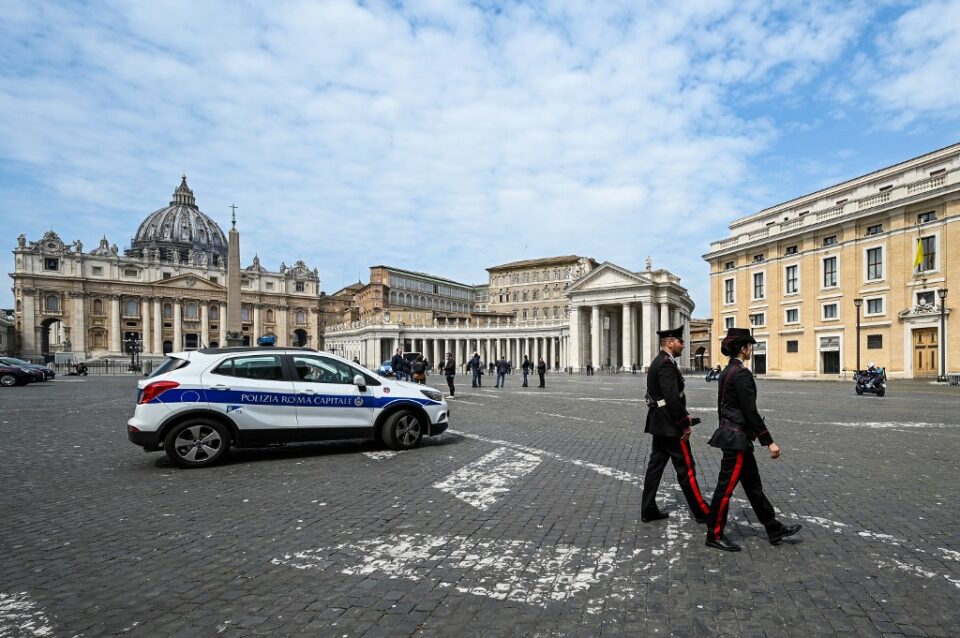
But what are the conditions that countries should meet before they can start safely easing these strict measures and return to some kind of normalcy?
Don’t act too quickly
Experts fear that governments will bow to economic and social pressure to lift their lockdowns prematurely, and warn that such a move could allow COVID-19 to return.
“Lifting the restrictions too quickly could lead to a deadly resurgence,” World Health Organization chief Tedros Adhanom Ghebreyesus has said.
Christian Brechot, Institut Pasteur president and former head of French national medical research institute INSERM, said we must be “very humble and very careful” with a virus that many nations have already underestimated.
“It’s not clear with a pandemic of this scale how everything can miraculously return to normal,” Brechot told France Info radio.
European nations begin lifting
Despite such advice, in the hardest-hit continent Europe — where more than 78,000 people have died from the virus — several countries have already started partially lifting confinement measures.
Germany, which has seen new cases drop and was already less affected than some of its neighbours, appeared Monday to be moving towards lifting restrictions in stages.
Austria will allow small businesses to reopen after the Easter break, believing it has sufficiently flattened its infection curve.
Denmark will reopen daycare nurseries, kindergartens and primary schools from April 15, while the Czech Republic has already begun to gradually ease restrictions, including opening some shops.
The countries are following in the footsteps of China, which has loosened its unprecedented lockdown on the city of Wuhan, where the coronavirus emerged in December, after the strict measures appeared to have paid off.
‘Very high plateau’
Elsewhere in Europe, however, there are fewer signs that restrictions will soon ease.
Britain passed the grim milestone of 10,000 deaths on the weekend while France is expected to extend its lockdown for at least several weeks.
France’s national health service director Jerome Salomon said a slight decrease in intensive care admissions was a “pale ray of sunshine,” adding that “a very high plateau” seemed to be setting in.


